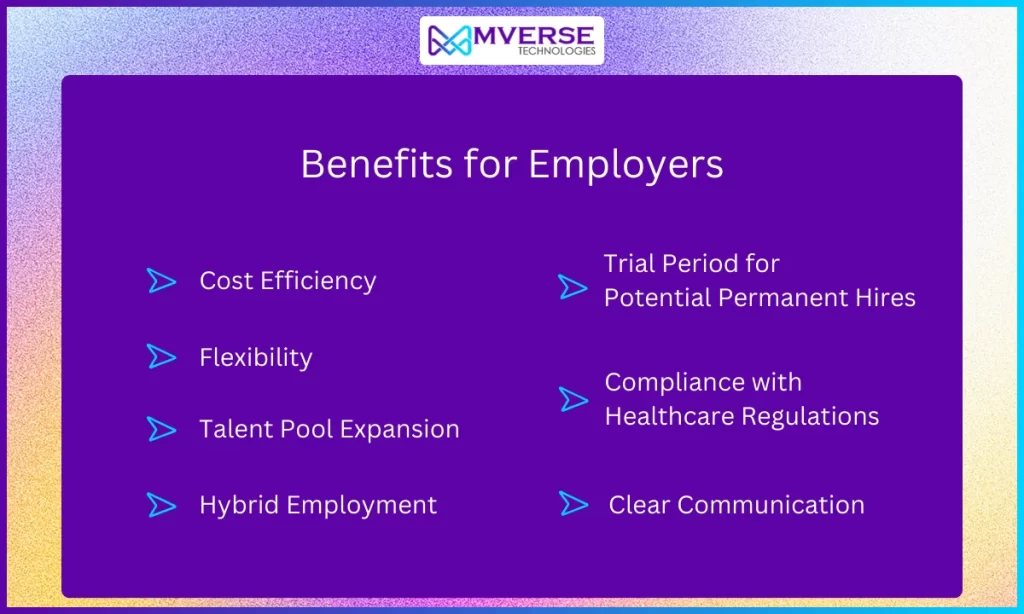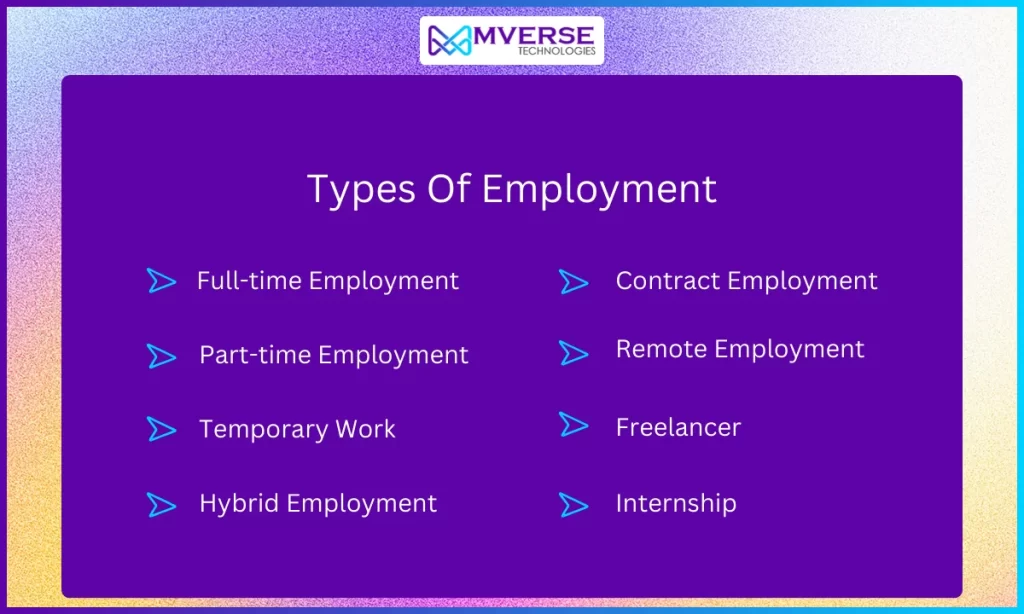What is Seasonal Employment? How It Can Benefit Hiring Process

What is Seasonal Employment? How It Can Benefit Hiring Process
Seasonal employment offers many advantages; whether supplementing income, building new skills or filling any gaps on their resume.
Seasonal workers offer organizations an efficient solution to meeting peak demand. Plus, seasonal employees often come with discounts on merchandise and services like veterinary care or coffee and tea services.
What is Seasonal Employment?
Seasonal jobs provide the ideal opportunity to gain experience in a new industry or role without making a long-term commitment.
You might work in customer service during holiday rush season or as an accountant during tax season; seasonal employment opportunities provide invaluable experience while filling gaps in requirement for employments, all while working alongside familiar team members in an environment which supports them.
Employers looking to attract and retain seasonal workers should emphasize the flexibility and non-commitment required of seasonal positions.
Employers could host or participate in local job fairs to meet potential candidates while also showcasing company culture. Furthermore, companies could consider rehiring former seasonal employees to reduce training costs; this is particularly effective when they have proven effective and reliable.
How Many Hours Do Seasonal Employees Work?
Companies often hire seasonal workers to meet customer demand during specific times of year. Beyond meeting customer demands, hiring seasonal employees may have financial benefits; however, since these workers may not qualify for full time status or benefits.
It is essential that companies remain aware of all legal implications surrounding this type of employment arrangement.
Seasonal employment often means that employees are not as committed to the organization as if they were full-time, which can negatively impact employee performance and productivity, in addition to creating potential legal issues for employers.
Benefits for Employers

Employing seasonal workers allows businesses to meet peak demand at times of high business volume without being bound by full-time employment costs all year.
Furthermore, this strategy saves companies money as employees only require pay for months they are needed.
At various points throughout the year, various industries hire seasonal workers depending on their business needs and customers’ preferences. Retail stores and restaurants with heavy foot traffic during holidays hire temporary staff to manage increased customer volume; similarly, hotels that host vacationers also employ staff during summer peak seasons when there is high tourism volume.
Seasonal jobs can provide an ideal stepping-stone to permanent employment for individuals who are new to an industry and eager to showcase their abilities. Some companies screen seasonal employees for positions they might have available later; this gives individuals an opportunity to establish themselves at a company and build their resume.
As seasonal employment is only temporary, employers should make clear to employees during the hiring process how long their employment will last and their responsibilities. This should be included in their job description and employment contract that should be signed off on by employees to acknowledge. Employers using the look-back method for determining full-time employees may not need to offer health coverage immediately because seasonal workers only tend to work certain times of year.
Types of Employment

Employment can be categorized into various types based on different criteria. Here are some common types of employment:
Full-time Employment
Full-time jobs, which form the core of a lot of organizations, need employees to adhere to working a typical week that is 35-40 hours. These positions offer comprehensive benefits including health insurance, and retirement plans to ensure the health and safety of workers. For their hard work and hard work, full-time workers generally receive benefits that go beyond just compensation. They also foster dedication and loyalty.
Part-time Employment
Part-time jobs, with flexible working hours and are characterised by less daily commitments and often totaling under 35 hours. Although they provide employees with some advantages, they tend to be limited as compared to the benefits offered by full-time roles. Despite the shorter time, part-time workers perform essential roles in a range of fields, thereby contributing to the workforce’s flexibility and diversity.
Temporary Work
Temporary work, which is essential to meeting the short-term needs of the organization, can last between a couple of weeks and some months. They provide a temporary solution for immediate staffing needs and benefits that vary based on the employer’s policies. Employed in all sectors Temporary employment can provide employers with flexibility in resource management while allowing workers to have an opportunity to earn income for a limited period and experiences.
Contract Employment
Contract work, as defined by fixed term contracts, provides employees with the ability to take part on specific tasks or projects during a specified time. The arrangement allows the freedom to work as you please, even while assuming the responsibility for managing taxes and other benefits on their own. The concept of contract employment is attractive to employers looking for specialized expertise as well as individuals seeking a variety of working experiences.
Freelancer
Freelancers who are independent contractors, traverse an environment governed by projects-based assignments. They are in control of selecting the projects they work on and their working times but are responsible for coordinating tax or insurance and client relationships. Today, in the business of gigs, freelancers can work with a variety of clients and manage a variety of clients and projects.
Remote Employment
Remote work, enabled by advancements in technology, allows people to escape from the constraints of traditional workplaces. Flexibility and work-life balance Remote work permits professionals to complete their work anywhere that has internet access. Companies around the globe embrace remote work. remote working has incorporated modern working practices which boost productivity and retention.
Internship
Internships bridge the classroom and practical experiences, providing students and recently graduated graduates with exposure to their fields of study. No matter if they are paid or not, internships are a great way to gain learning and network building, often pave the way to future career possibilities. Employers recognize them to nurture the talent pool, internships play a crucial contribution to creating the future workforce.
Hybrid Employment
Hybrid employment is a flexible work model that combines remote and in-person work. It allows employees to split their time between working from home and working in the office.

